Spiro Mounds
Where hills of dirt conceal the burial ground of one of the most powerful ancient Native American societies.
What was once a center of prehistoric power is now reduced to 12 earthen mounds. From a bend in the Arkansas River, the Spiro people led Mississippian culture over nearly two-thirds of what is now the United States. Spiro was the westernmost outpost of the Southeastern Ceremonial Complex, also known as the Southern Death Cult or Buzzard Cult, which included Cahokia (now East St. Louis), Moundville in Alabama, and Etowah in Georgia. It is unknown why it was abandoned.
The Mississippian societies shared elaborate rituals, a pictographic writing system, and mounds built from earth around central plazas. Artifacts from across the country have been found at Spiro Mounds, including copper from the Great Lakes, shell beads from the Gulf of California, and a conch shell from the Gulf of Mexico, indicating a vast trade and communication system. Permanent settlement at Spiro lasted from the year 800 until 1450, when the population suddenly declined and dispersed.
The area was largely empty from 1600 to 1832, when Choctaw and Chickasaw freedman cleared the site for farming. This preserved the mounds until the Great Depression, when a group of diggers who called themselves the Picola Mining Company acquired the site and tore through the ancient structure, destroying the delicate feather capes and baskets that had survived within the mound-cavities for hundreds of years. The rest of the artifacts were sold off around the world; most were lost to obscurity. And in the destruction, one-third of the mounds were lost.
When looting threatened to destroy and disperse everything at the mounds, Oklahoma became one of the first states to preserve and scientifically research archaeological sites. The mining company was finally shut down in 1935, and in 1936 the University of Oklahoma started a scientific excavation that lasted until 1941. They uncovered more than six hundred complete or partial burials and created what is the greatest collection of prehistoric Native American artifacts in the United States.
Why the Spiro culture disappeared and why the site was abandoned remain a mystery, although the Caddoan language lived on with the modern Wichita, Kichai, Caddo, Pawnee, and Arikara, suggesting that the Spiro people broke off into smaller tribes. The Spiro Mounds opened to the public in 1978 and are now under the protection of the Oklahoma Historical Society. Special tours are offered during solstices and equinoxes.
Know Before You Go
Located east of Spiro on Hwy 271 and four miles north on Spiro Mounds Road. Closed Monday and Tuesdays.



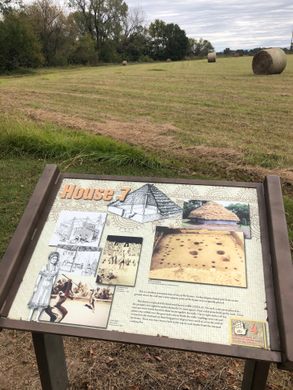
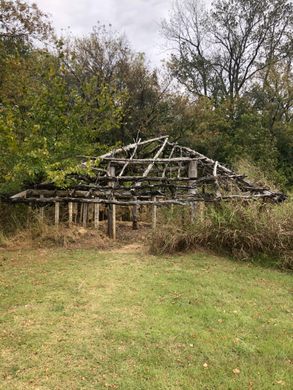
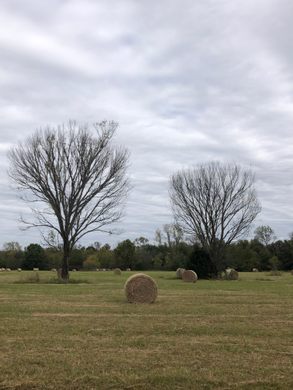
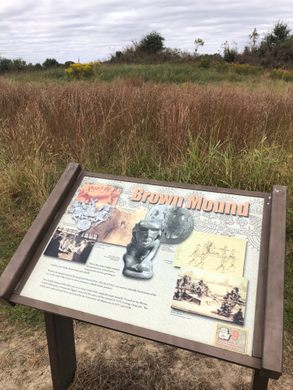
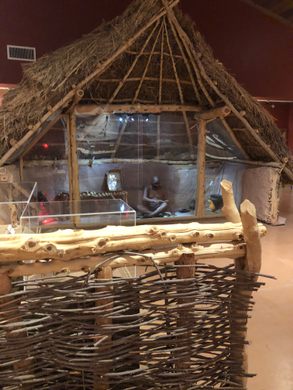
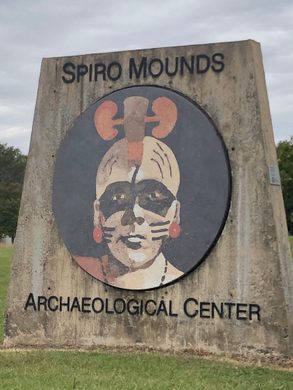
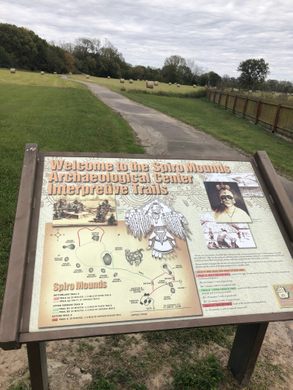











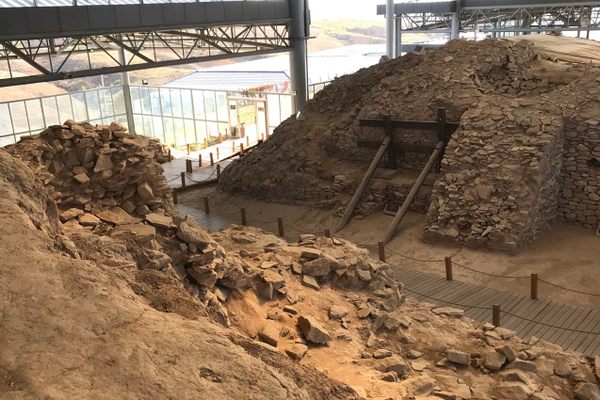




Follow us on Twitter to get the latest on the world's hidden wonders.
Like us on Facebook to get the latest on the world's hidden wonders.
Follow us on Twitter Like us on Facebook